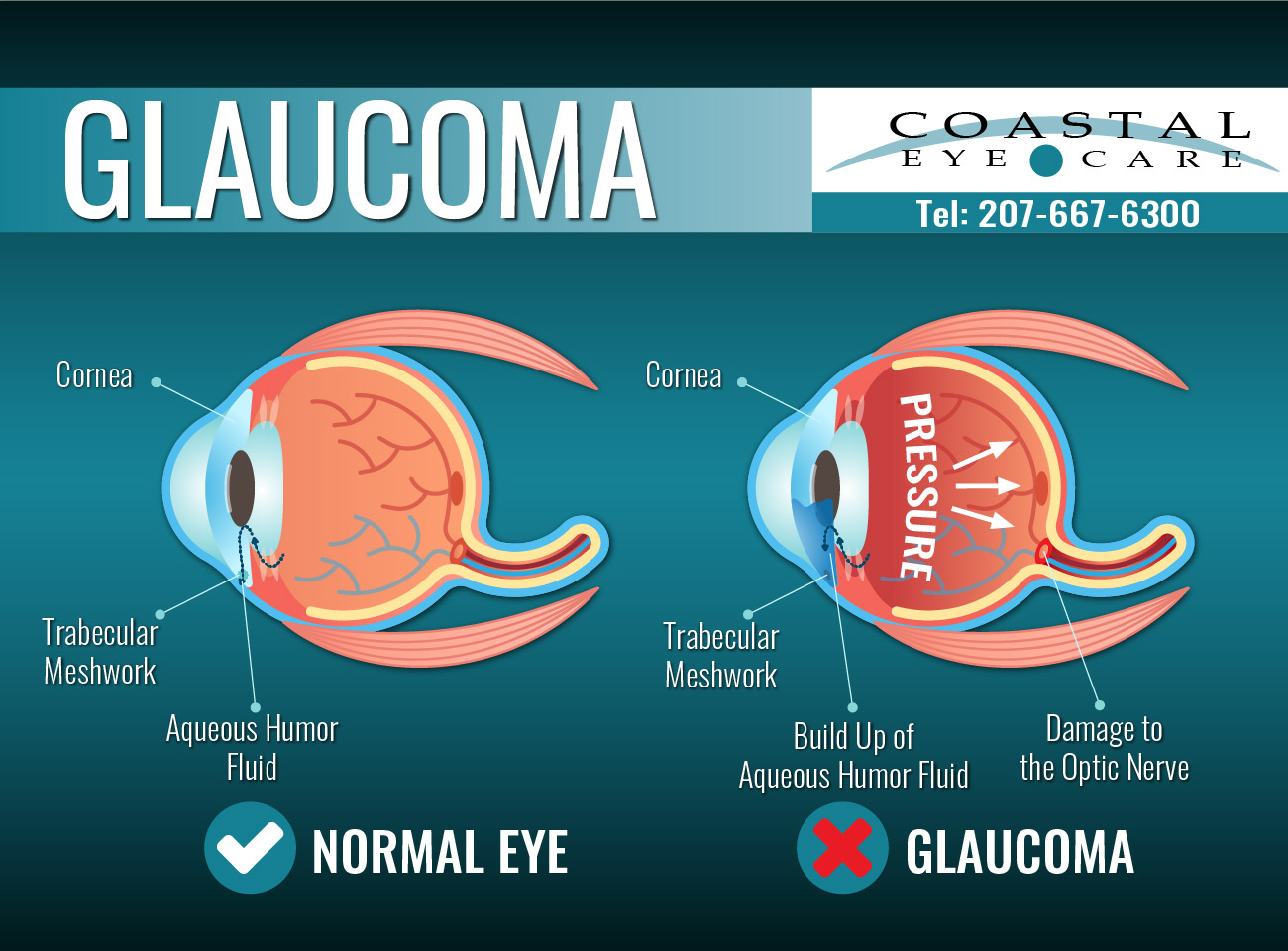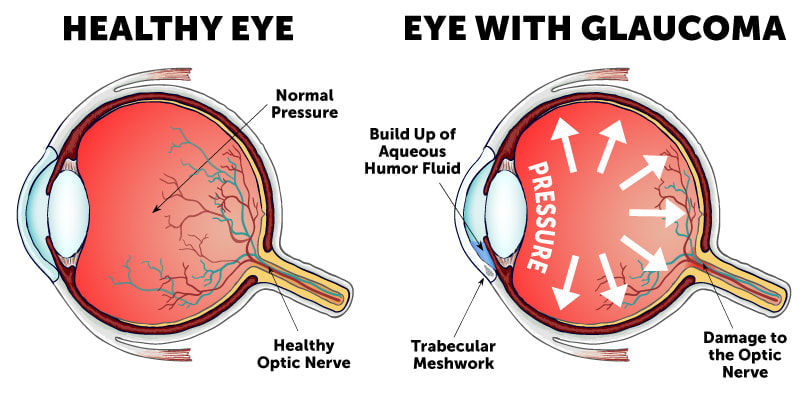Regional Glaucoma Service Near Me: Very Early Detection and Treatment Choices
Regional Glaucoma Service Near Me: Very Early Detection and Treatment Choices
Blog Article
Recognizing the Different Vision Improvement Procedures Available for Clearer Sight
In the realm of vision improvement procedures, a plethora of alternatives exist to resolve refractive mistakes and provide people with more clear sight. From the commonly recognized LASIK surgical procedure to less intrusive treatments like PRK and implantable lenses, the area of ophthalmology offers a series of methods customized to fit various demands and choices. Each treatment features its very own collection of considerations, benefits, and potential risks. Understanding the nuances of these vision modification techniques is vital for making educated choices concerning one's aesthetic wellness. Allow's check out the ins and outs of these treatments and dropped light on the course to accomplishing enhanced vision clearness.
LASIK Surgical Treatment
LASIK surgical treatment is an usual refractive treatment utilized to fix vision problems such as astigmatism, farsightedness, and nearsightedness - retina service near me. This surgical strategy, which means Laser-Assisted in Situ Keratomileusis, intends to reshape the cornea to boost exactly how light is concentrated on the retina, ultimately boosting vision clearness. Throughout the procedure, a thin flap is developed on the cornea, and a laser is utilized to get rid of exact amounts of cells to reshape it suitably. This improving allows for light to be properly concentrated onto the retina, remedying refractive errors.
Among the key benefits of LASIK surgical treatment is the rapid enhancement in vision experienced by people. Numerous people see a considerable improvement in their eyesight promptly after the treatment. Additionally, a lot of patients report very little discomfort and pain during the surgical procedure and recuperation period. The recuperation time for LASIK is fairly fast, with many people returning to their daily activities within a day or more post-operation. On the whole, LASIK surgical procedure is a popular option for individuals seeking a lasting solution for their vision problems.
PRK Treatment
While likewise an usual refractive procedure, the PRK (Photorefractive Keratectomy) strategy differs from LASIK surgical procedure in its method to dealing with vision issues. In PRK, as opposed to producing a flap on the cornea, the external layer of the cornea, called the epithelium, is completely eliminated. This permits the laser to reshape the cornea to deal with refractive errors such as nearsightedness, astigmatism, and farsightedness straight externally.

Regardless of the longer recovery time, PRK can yield outstanding outcomes in vision renovation, making it a beneficial alternative for those who may not Full Report be appropriate prospects for LASIK surgery.
Implantable Lenses
As opposed to PRK where the cornea is reshaped directly, implantable lenses use an additional approach for dealing with vision by putting artificial lenses inside the eye. This procedure is particularly useful for people with high degrees of astigmatism, nearsightedness, or farsightedness that might not be ideal prospects for laser surgical procedures like LASIK or PRK.
Implantable lenses, additionally referred to as phakic intraocular lenses, job by supplementing the eye's natural lens with a synthetic one. retina service near me. These lenses can be placed in front of the all-natural lens (former chamber) or behind the iris and before the all-natural lens (posterior chamber) By changing the power and positioning of these lenses, ophthalmologists can effectively deal with refractive mistakes and improve visual acuity
One benefit of implantable lenses is that they are exchangeable and detachable, supplying versatility for future modifications. As with any medical treatment, there are dangers involved, such as infection or cataract development. People taking into consideration implantable lenses must seek advice from an eye treatment specialist to establish the most ideal choice based upon their private demands and eye health and wellness.
Corneal Rings
Corneal rings, also called intracorneal ring segments, are little, clear gadgets put into the cornea to deal with vision distortions such as keratoconus. Keratoconus is a condition where the cornea thins and protrudes outward, triggering vision to come to be distorted. The insertion of corneal rings aids to flatten the cornea, enhancing aesthetic acuity and lowering the irregular astigmatism brought on by keratoconus.
The procedure for placing corneal rings is minimally invasive and reasonably quick, usually done as an outpatient procedure. Throughout the surgery, the eye doctor makes a small laceration in the cornea and inserts the rings at a certain depth. When in position, the rings assist to improve the cornea, providing a smoother surface for light to enter the eye, which can lead imp source to more clear vision.
Corneal rings are thought about a relatively easy to fix procedure, as they can be eliminated or changed if essential. eyecare near me. While they may not totally get rid of the demand for glasses or get in touch with lenses, corneal rings can considerably enhance vision quality and general visual convenience for individuals with keratoconus or other corneal abnormalities
Refractive Lens Exchange
Following the correction of corneal irregularities with procedures like corneal rings, another vision adjustment technique that can deal with refractive errors is Refractive Lens Exchange (RLE) RLE is a procedure that entails changing the eye's all-natural lens with a fabricated intraocular lens (IOL) to deal with refractive mistakes such as farsightedness, presbyopia, and nearsightedness. This treatment is especially helpful for people who may not be suitable prospects for treatments like LASIK or PRK because of factors such as slim corneas or high refractive mistakes.

Verdict
In verdict, there are numerous vision improvement treatments readily available to aid people accomplish clearer sight. LASIK surgical treatment, PRK procedure, implantable lenses, corneal rings, and refractive lens exchange are all choices that can attend Find Out More to different vision problems.
In the realm of vision correction procedures, a wide range of choices exist to resolve refractive mistakes and give people with more clear view.LASIK surgery is a common refractive procedure used to correct vision problems such as nearsightedness, astigmatism, and farsightedness.While also an usual refractive treatment, the PRK (Photorefractive Keratectomy) strategy varies from LASIK surgery in its strategy to dealing with vision issues.Following the improvement of corneal abnormalities with procedures like corneal rings, an additional vision modification method that can address refractive mistakes is Refractive Lens Exchange (RLE) LASIK surgery, PRK procedure, implantable lenses, corneal rings, and refractive lens exchange are all alternatives that can attend to different vision issues.
Report this page